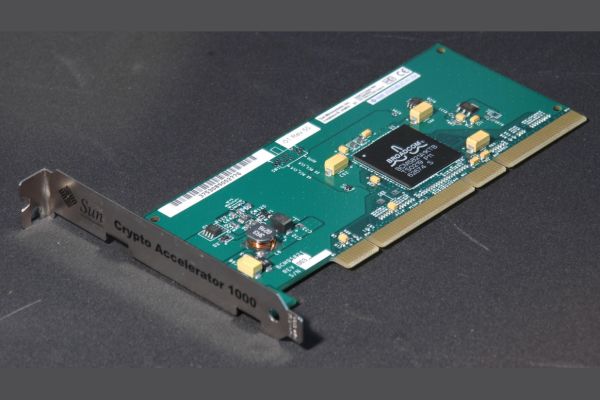Industry 4.0 represents the fusion of advanced manufacturing techniques with cutting-edge technologies such as artificial intelligence (AI), Internet of Things (IoT), and big data analytics. Hardware acceleration plays a pivotal role in this evolution, providing the computational horsepower required to process vast data streams, execute AI algorithms, and ensure real-time responsiveness. For industry veterans, understanding the technical implications of hardware acceleration is key to leveraging its potential in smart factories and automated production environments. According to the Consegic Business Intelligence report, The Role Of Hardware Acceleration Market is estimated to reach over USD 107.48 Billion by 2032 from a value of USD 4.27 Billion in 2024 and is projected to grow by USD 6.32 Billion in 2025, growing at a CAGR of 49.6% from 2025 to 2032.
What Is Hardware Acceleration?
Hardware acceleration involves using specialized hardware components to perform computationally intensive tasks more efficiently than traditional CPUs. By offloading these tasks, systems achieve higher performance, lower latency, and improved energy efficiency. Key components of hardware acceleration include:
Field-Programmable Gate Arrays (FPGAs): Reconfigurable hardware that offers high-speed parallel processing for real-time operations.
Graphics Processing Units (GPUs): Optimized for massive parallelism, GPUs excel in tasks like AI model training and complex simulations.
Application-Specific Integrated Circuits (ASICs): Custom-designed chips tailored for specific applications such as machine learning inference or cryptography.
These technologies are integral to implementing robust and scalable Industry 4.0 solutions, enabling factories to handle the increasing computational demands of modern manufacturing.
Accelerating IoT and Real-Time Analytics :
The backbone of Industry 4.0 lies in IoT-enabled smart factories, where a vast array of sensors and devices generate continuous streams of data. Hardware accelerators enhance the capability of edge devices and gateways to process this data locally, reducing latency and improving decision-making speed.
For instance, FPGAs deployed in edge devices can process sensor inputs in microseconds, enabling applications such as predictive maintenance and process monitoring. These accelerators also handle high-throughput data streams in real-time, facilitating advanced analytics for quality control, energy management, and supply chain optimization.
Driving AI and Machine Learning in Automation :
AI and machine learning are transformative technologies in Industry 4.0, automating decision-making processes and optimizing production lines. However, training and deploying these models require significant computational resources.
GPUs, with their parallel processing architecture, have become the standard for training deep learning models, reducing timeframes from days to hours. For deployment, ASICs like Google’s Tensor Processing Units (TPUs) and NVIDIA’s Tensor Cores provide energy-efficient AI inference, making it feasible to integrate AI into robotics, machine vision, and automated inspection systems.
In a manufacturing setting, these accelerators enable robots to adapt dynamically, enhancing operational precision and reducing downtime.
Simulation and Digital Twin Applications :
Digital twins, virtual replicas of physical systems, are gaining traction for their ability to simulate and optimize manufacturing processes. Hardware accelerators power the high-performance computing required for these simulations, enabling real-time analysis of complex systems.
FPGAs and GPUs are widely used for tasks such as computational fluid dynamics and finite element analysis, allowing manufacturers to predict equipment behavior, test process changes, and optimize workflows without interrupting production.
Challenges and Future Directions :
Despite their advantages, hardware accelerators present challenges such as high implementation costs, complexity in integration, and the need for specialized expertise. However, these barriers are being mitigated by advancements in software frameworks and pre-configured solutions.
Looking forward, emerging technologies like quantum computing and neuromorphic chips promise to redefine the landscape of hardware acceleration. These innovations will enable unprecedented computational capabilities, supporting even more sophisticated Industry 4.0 applications.
Challenges and Future Outlook :
While hardware acceleration offers transformative potential, its adoption faces challenges such as high initial costs, compatibility issues, and the need for specialized expertise. Addressing these barriers requires collaborative efforts between hardware manufacturers, system integrators, and industrial stakeholders.
Looking ahead, advancements in technologies such as quantum computing and neuromorphic hardware will further expand the capabilities of hardware acceleration. These innovations promise to unlock new possibilities for real-time analytics, complex simulations, and intelligent automation.
Source: Hardware Acceleration Market

















